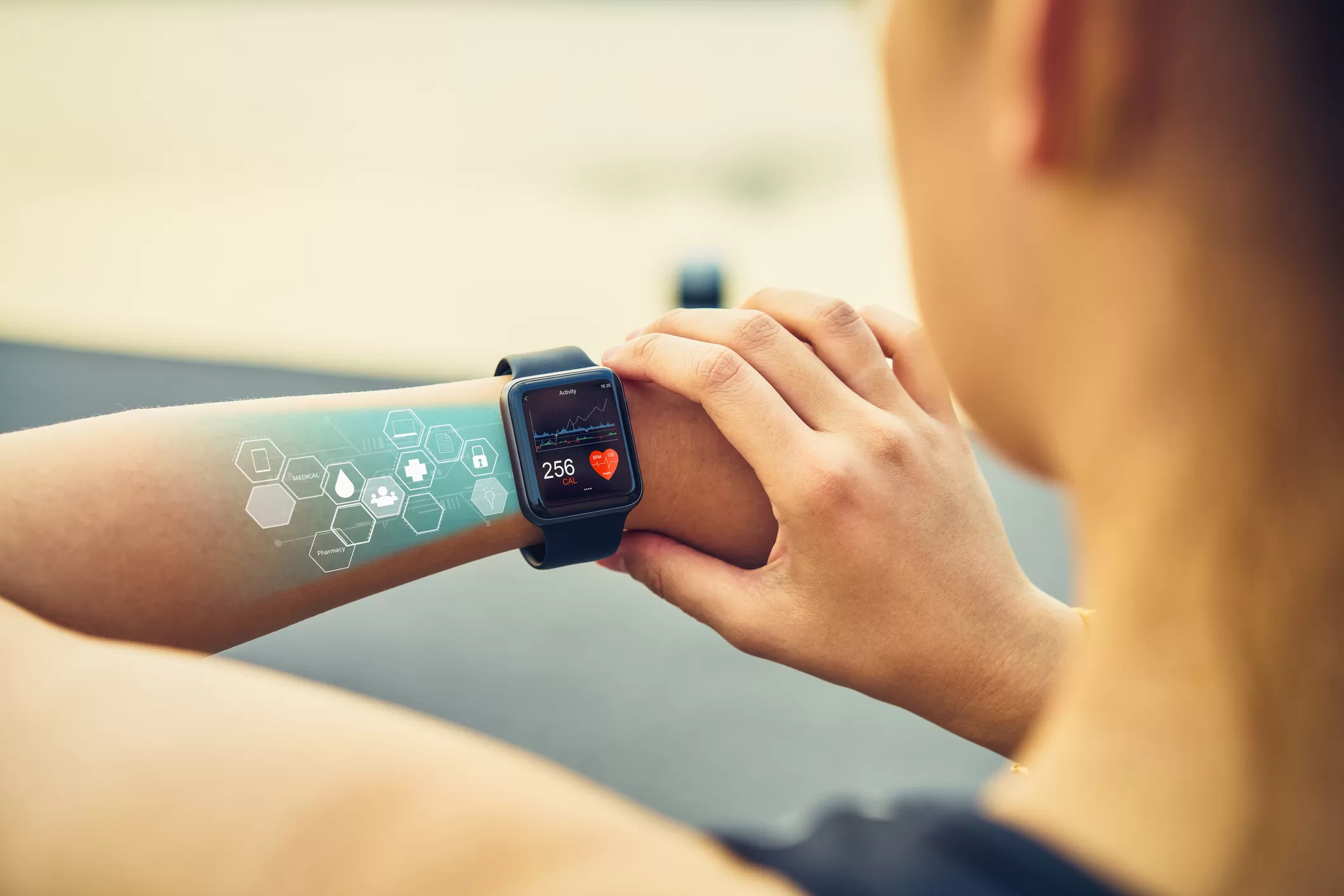The Rise of Wellness Travel: Vacationing With Purpose
Are Wearable Health Devices Doing More Harm Than Good?

Smartwatches and fitness trackers have transcended gadget status to become everyday companions, with global shipments exceeding 500 million annually by 2025 and over 1.2 billion active users worldwide. These devices promise to demystify health through a steady stream of biometric data—heartbeats, sleep patterns, stress levels—framing themselves as tools for empowerment. Yet as their influence deepens, a critical question looms: Is this constant flood of metrics enhancing well-being, or quietly fueling obsession, anxiety, and inequality? In 2025, the debate has shifted from “what can we track?” to “at what cost?”
The Expanding Surveillance of Our Bodies
Wearable technology now monitors an ever-expanding array of bodily functions: not just heart rate and sleep, but blood glucose (via new non-invasive sensors), skin temperature, and even subtle changes in gait linked to early neurodegenerative diseases. For many, this data feels like a superpower—proof that they’re “doing health right.” But for others, it’s a cage.
From Awareness to Obsession: The Psychological Toll
Consider the rise of “quantified anxiety,” a term coined by psychologists to describe stress triggered by relentless metric-checking. Health professionals report a 40% spike in orthosomnia cases since 2023—insomnia driven by fixation on achieving “perfect” sleep scores. Take Maria, a 34-year-old marketing manager, who began using a sleep tracker in 2024. Obsessed with hitting her device’s “90+” sleep score, she started avoiding late dinners, dimming lights by 7 PM, and waking repeatedly to check her progress—only to watch her score plummet as her rest grew fragmented. By 2025, her doctor diagnosed orthosomnia; her pursuit of perfect sleep had destroyed it.
This fixation isn’t limited to sleep. A 2024 study in The Journal of Behavioral Medicine found that 38% of frequent wearable users report increased anxiety when their heart rate dips or spikes momentarily—even when fluctuations fall within normal ranges. For some, this anxiety escalates into compulsive behavior: a 29-year-old teacher checked her heart rate 20+ times daily, avoiding social events for fear of “abnormal” readings, despite her doctor’s reassurance. Worse, these devices can distort medical decisions. A 2025 survey of primary care physicians revealed that 1 in 8 patients had undergone unnecessary tests—EKGs, blood work, even MRIs—after misinterpreting wearable data. One patient, a 28-year-old athlete, endured a costly cardiac workup after his smartwatch flagged a “irregular heartbeat,” later revealed to be a false positive from a loose band during a HIIT workout.
Privacy at Risk: Who Controls Your Health Data?
Privacy concerns have also intensified. These devices collect some of our most sensitive data: sleep patterns, stress hormones, even reproductive health metrics. In 2024, a breach at a major wearable manufacturer exposed records of 10 million users, including heart rate graphs and menstrual cycle logs. More troubling, internal documents leaked that year showed the company had shared anonymized data with insurance firms, which used it to adjust premiums—charging higher rates to users with “irregular” sleep or frequent stress spikes. With 68% of users admitting they rarely read privacy policies, according to a 2025 Pew Research study, many remain unaware that their most intimate health details may be traded like commodities.
Socioeconomic Divides and Ethical Quagmires
The divide in access further complicates the equation. Flagship wearables cost $300–$800, placing them out of reach for 40% of households in developed nations and 75% in low-income countries. This “health data gap” exacerbates inequities: while affluent users track vitals in real time, low-income populations often lack even basic preventive care. Meanwhile, some workplaces have weaponized the technology. In 2025, several major corporations began tying health metrics to bonuses—offering $50 monthly insurance discounts to employees who hit 10,000 steps, but docking pay for “failed” sleep scores. Critics argue this pressures workers into overexertion; one logistics firm reported a 20% rise in stress fractures after rolling out the policy.
The Case for Wearables: When Tracking Saves Lives
Yet wearables are far from inherently harmful—when used wisely, they can be transformative. For individuals with chronic conditions, real-time monitoring is often lifesaving. Take Lisa, a 52-year-old with atrial fibrillation, whose smartwatch detected a dangerous arrhythmia during a 2025 hike, prompting her to seek emergency care. For Type 1 diabetics, this year’s breakthrough non-invasive glucose trackers (no more finger pricks) have cut severe hypoglycemia episodes by 35%, per a study in Diabetes Care. Public health has also benefited: during a 2025 heatwave, aggregated wearable data on skin temperature and hydration helped identify at-risk neighborhoods, enabling targeted cooling center deployments that likely saved lives.
Conclusion
In 2025, wearables are neither saviors nor villains—they are tools, and their impact depends on how we wield them. The line between wellness and obsession blurs when data becomes a master rather than a guide. Moving forward, balance requires collaboration: manufacturers must design devices with “calm modes” that reduce alerts for normal fluctuations; regulators need stricter rules on data ownership (the EU’s 2025 Health Data Act is a promising start); and healthcare providers should teach patients to interpret metrics in context. For users, the key is mindfulness: pausing to ask, “Does this data serve me, or am I serving it?” Ultimately, the best wearable isn’t the one that tracks most—it’s the one that knows when to step back.


The Digital Detox Dilemma: Is Unplugging the Cure for Modern Stress?

The Great AI Copyright War: Who Owns the Outputs?

The Hidden Cost of Climate Change on Public Health

Gut Health Revolution: Why the Microbiome Is the New Frontier in Medicine

AI in Healthcare: From Diagnoses to Drug Discovery

Smart Home Revolution: How IoT Is Redefining Modern Living

Digital Wellness: Finding Balance in an Always-On World

How Central Bank Interest Rate Shifts Are Reshaping Global Investment in 2025

2025 Personal Finance Playbook: How to Grow and Protect Wealth in Uncertain Times